Butterflies are one of nature’s most beautiful creatures, and their life cycle is just as fascinating as their vibrant wings. Watching a butterfly transform from an egg into a fully grown adult is mesmerizing and teaches valuable lessons about biology and the natural world.
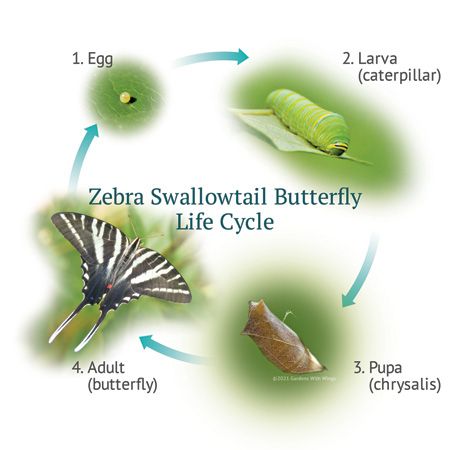
Understanding this transformation is crucial for students learning biology, as it provides insight into the processes of life, growth, and change. Through this, students can grasp broader biological concepts such as metamorphosis, adaptation, and survival strategies in our ecosystems.
The Importance of Studying Butterflies in the Classroom
Studying the butterfly life cycle in the classroom is a practical and engaging way for students to explore biology. It brings theoretical lessons to life by allowing students to witness the transformation first-hand, making abstract ideas easier to understand.
Butterflies are a perfect example of metamorphosis, the process where a creature undergoes significant physical changes during its life. Observing this can make the subject more relatable, as students can draw connections between what they see and what they learn in textbooks.
However, biology is often considered a challenging subject for many students. The complexity of life processes and the scientific language involved can sometimes make it hard to grasp. This difficulty can create obstacles, especially during practical lessons. In these moments, it’s essential to have backup plans.
When faced with critical moments of confusion or stress, having support, including assignment writing services, can provide relief. These services can help students clarify concepts and complete assignments effectively, especially when classroom lessons feel overwhelming. Mentoring from teachers or tutors is also a great way to ensure students fully understand the material and avoid falling behind. This safety net ensures that students can still succeed even when the subject matter becomes tough.
The Four Stages of a Butterfly’s Life
The butterfly’s life cycle is divided into four main stages: egg, larva (caterpillar), pupa (chrysalis), and adult butterfly. Each stage has unique characteristics and plays a crucial role in the butterfly’s development. Let’s break down each one.
Stage 1 – Egg: The Starting Point of New Life
The life of a butterfly begins with the egg. A female butterfly lays her eggs on specific host plants, chosen carefully to provide the necessary nutrients for the young caterpillars once they hatch. These eggs are tiny, often challenging to see with the naked eye, and come in different shapes and colors depending on the butterfly species.

Typically, they are round or oval and have a tough outer shell to protect them from predators and harsh environmental conditions. After several days, depending on the climate and species, the egg hatches, revealing a tiny caterpillar.
Stage 2 – Caterpillar (Larva): The Feeding Machine
Once the egg hatches, the larva, commonly known as a caterpillar, emerges. This stage is all about growth and consumption. The caterpillar has one job—eat! It feasts on the leaves of the host plant, growing rapidly and shedding its skin several times in a process called molting.
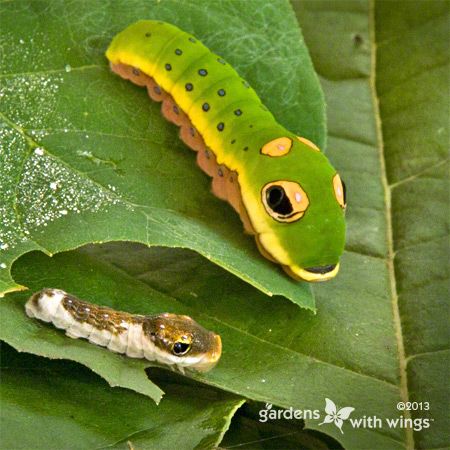
As the caterpillar eats and grows, it stores energy for the next stage of its life. It’s fascinating how a small caterpillar can increase in size multiple times over during this phase. This stage is critical because the energy stored will fuel the upcoming transformation into a butterfly. Caterpillars are eating machines, and the more they eat, the more energy they store for their metamorphosis.
Stage 3 – Chrysalis (Pupa): The Magical Transformation
After reaching the necessary size, the caterpillar forms a chrysalis, entering the pupal stage. This is the most magical and mysterious part of a butterfly’s life cycle. While the chrysalis may seem inactive from the outside, there is a lot happening within.
Inside, the caterpillar’s body is undergoing a complete transformation. This process is called metamorphosis, during which the caterpillar’s tissues break down and reorganize into the structure of an adult butterfly. The chrysalis is often camouflaged to blend in with its surroundings, protecting it from predators.
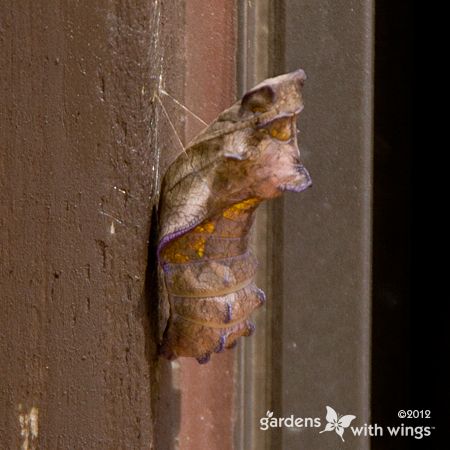
Depending on the species, this stage can last anywhere from a few days to several weeks. Although it might appear as if nothing is happening, within the chrysalis, wings are forming, antennae are growing, and the butterfly’s new body is developing. Finally, when the transformation is complete, the butterfly emerges, ready to begin its life as an adult.
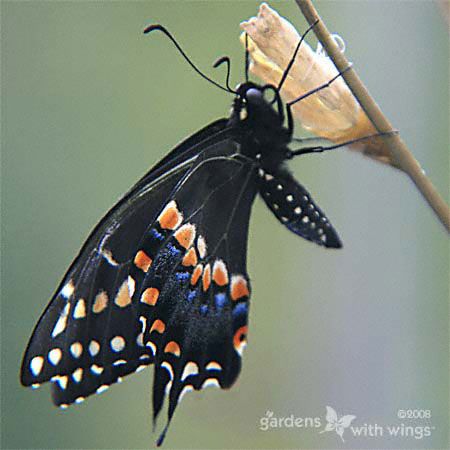
Stage 4 – Adult Butterfly: The Final Stage of Beauty and Reproduction
The emergence of the adult butterfly from the chrysalis is a moment of wonder. At first, the butterfly’s wings are soft and wrinkled, but within a few hours, the butterfly pumps fluid into them, expanding and strengthening them. Once its wings are fully developed, the butterfly takes flight, embarking on the final stage of its life cycle.
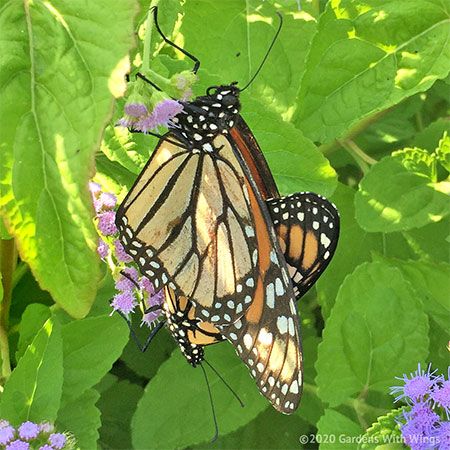
In this stage, the butterfly’s primary goal is reproduction. Butterflies typically spend their time feeding on nectar from flowers, helping with pollination as they do so. They also seek out mates to ensure the continuation of their species. While some butterflies live only for a few weeks, others, like the famous monarch butterfly, can live for several months, especially if they migrate long distances. Regardless of their lifespan, adult butterflies play an essential role in our ecosystems, helping with pollination and serving as prey for birds and other animals.
The Role of Butterflies in the Ecosystem
Butterflies are not just beautiful to look at—they are vital to the health of our ecosystems. As they flutter from flower to flower, they help with pollination, allowing plants to reproduce and continue the cycle of life. In turn, these plants support a wide variety of other creatures. Butterflies are also a key part of the food chain, serving as prey for frogs, spiders, and other animals.
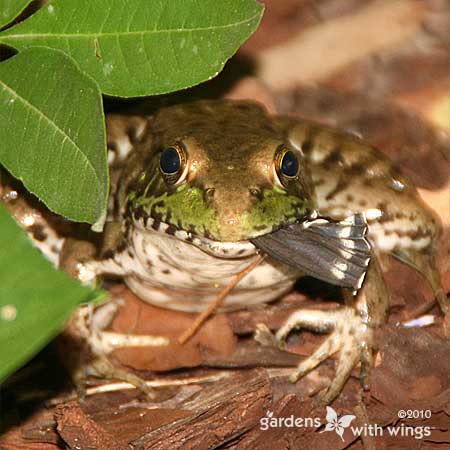
Moreover, butterflies are considered excellent indicators of environmental health. A decrease in butterfly populations can signal broader ecological issues, such as habitat loss or pollution. By studying butterflies and monitoring their numbers, scientists can learn more about the state of the environment and the challenges it faces.
The Practical Lessons from the Butterfly Life Cycle
The butterfly life cycle offers many practical lessons for biology students. It teaches us about the process of metamorphosis—one of nature’s most incredible transformations. The concept of adaptation is also demonstrated, as each stage of the butterfly’s life cycle is ideally suited to its needs at that moment, allowing it to survive and thrive.
In addition, observing the butterfly life cycle provides insights into broader biological principles, such as the importance of biodiversity, the interdependence of species, and the role of organisms in their ecosystems. These are crucial lessons for anyone studying biology or environmental science. Furthermore, students can take away important life lessons from the butterfly’s journey—growth, change, and adaptation are natural parts of life, and overcoming challenges is a necessary step in the process of becoming something beautiful.
Conclusion
The butterfly life cycle is a perfect example of nature’s wonder, showing us how living organisms go through various stages to complete their development. From the egg to the adult butterfly, each phase is essential for survival and plays a unique role in the broader ecosystem. By studying butterflies, students not only gain insight into biology and metamorphosis but also learn valuable lessons about life, patience, and transformation.
Understanding this cycle deepens our appreciation for the natural world and helps us see the intricate connections between all living things. It reminds us that every creature, no matter how small, has a role to play in the grand scheme of life. Whether you’re fascinated by biology or simply curious about nature’s wonders, the butterfly’s journey from caterpillar to winged beauty is a lesson in both science and inspiration.




